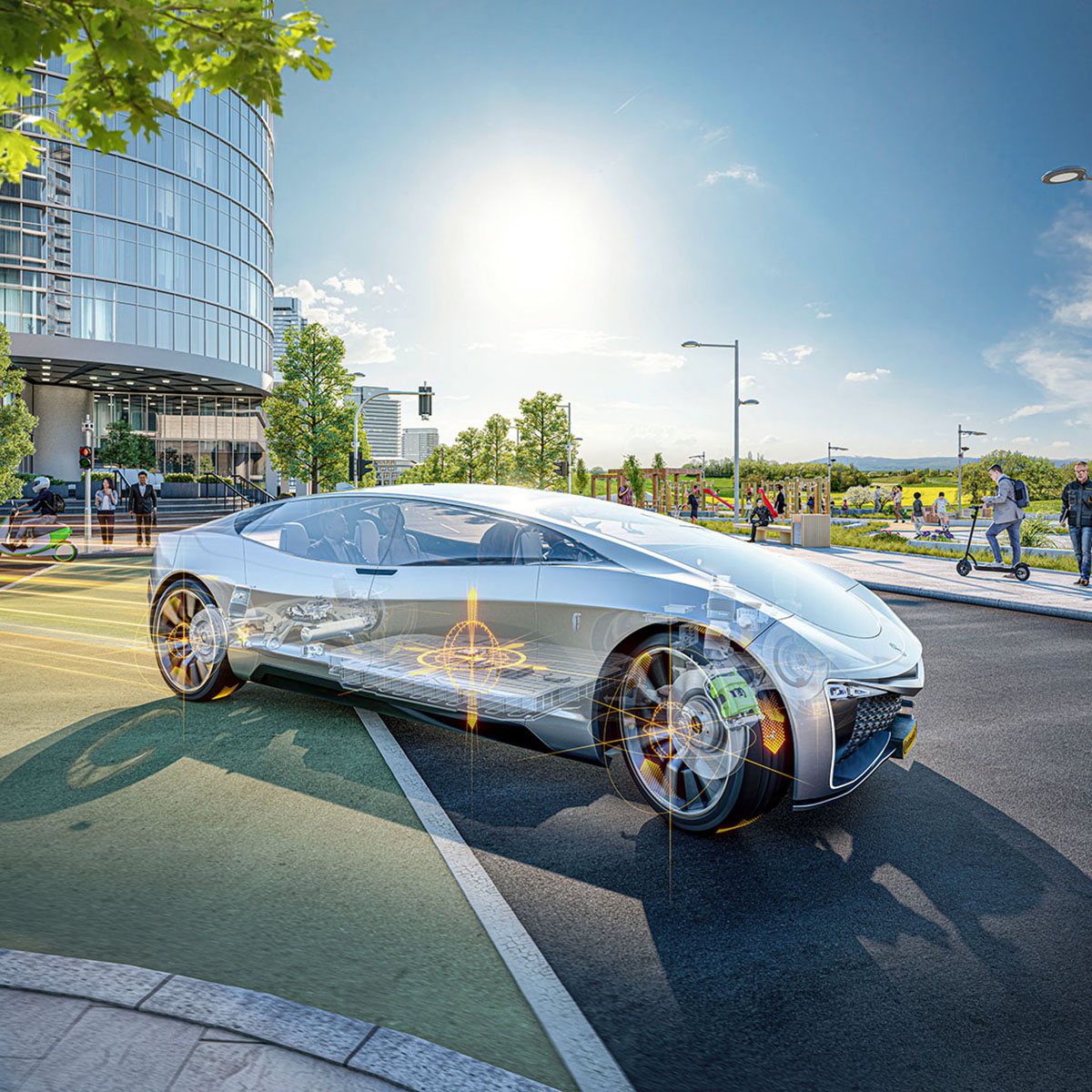
Continental’s new disc brakes, dubbed Green Calipers, aim to help electric vehicles reduce fuel consumption and increase range between charges. The idea is to use the braking system to reduce weight and friction, in order to increase the distance traveled with the same amount of energy.
The so-called Green Caliper system, from Continental Automotive, one of the main suppliers to the automotive industry, is based on new brake discs and new brake shoes. Electric vehicles are known to use less conventional brakes, whether disc or drum. We are referring to those that transform kinetic energy (movement) into heat, since the energy regeneration system, in which an electric motor when forced to work ends up producing energy that is later stored in the battery, ends up reducing the speed in most situations. without resorting to friction brakes.

Most electric vehicles can (and should) use specific braking systems to reduce consumption
With this reality in mind, Continental decided to design a more efficient disc brake set. The discs are substantially lighter, by changing the ventilation -that is, being double- for a larger diameter, the simpler (and cheaper) construction being also lighter.
And because he was red-handed, the German supplier came up with a new clamp, simpler and lighter, by not having to face the same efforts. At the same time, this disc/caliper assembly reduces friction on the discs when the brake is not used, that is, it moves the pads away from the disc when pressure is not applied to the brake pedal. And this constant friction is also responsible for a slight heating, which translates into a loss of energy and therefore autonomy.
According to Continental, the saving is about 2 kg in each caliper, with an additional 3 kg in each disc, which places this new braking system between 15% and 20% below conventional systems. It is an effort that is appreciated and that can be used in the vast majority of electric vehicles, especially those equipped with less powerful engines and with little sporting vocation.
The reality is that electric models adopt increasingly powerful motors capable of reaching higher speeds, so they will potentially need great braking power, if only for emergency stops. And these will always depend on the capacity of conventional systems, which transform movement into heat. Not to mention sports cars, in the form of coupes or sedans, whose need for efficient braking and more resistance to overheating will always exist, which means generously sized calipers, with four or six pistons, as well as huge, ventilated discs. Even more so since these faster and sportier trams come (almost all) with versions adapted for use on the track, where the need for robust braking systems is so great that it is even necessary to resort to carbon-ceramic discs and pads.
Source: Observadora
